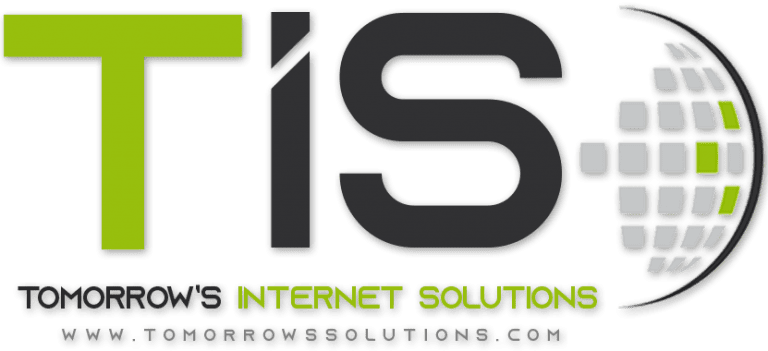Keeping up with security threats is a challenge for businesses of all sizes. Between February and March of 2024, global security incidents rose by 69.8%. To protect your organization, it’s crucial to adopt a structured approach to cybersecurity.
The National Institute of Standards and Technology (NIST) developed a Cybersecurity Framework (CSF) to help organizations manage and reduce cybersecurity risks. This framework is adaptable across industries. In 2024, it was updated to NIST 2.0 CSF.
CSF 2.0 is a thorough update that builds on the previous version. It provides a more streamlined and flexible way to approach cybersecurity. This guide simplifies the framework, making it easier for both small and large businesses to use.
Understanding the Core of NIST 2.0 CSF
At the core of CSF 2.0 are five key functions that work together continuously. These functions—Identify, Protect, Detect, Respond, and Recover—give organizations a strategic view of cybersecurity risks and how to manage them. This enables a flexible, proactive approach to dealing with threats.
Here are the five Core Functions of NIST CSF 2.0:
- Identify
This function is about understanding your organization’s assets, cyber risks, and vulnerabilities. Before you can implement protective measures, you need to know exactly what needs safeguarding. - Protect
The Protect function focuses on setting up defenses to prevent, detect, and reduce cybersecurity risks. This includes tools like firewalls, intrusion detection systems, and data encryption. - Detect
Early detection of cybersecurity issues is vital to reducing damage. The Detect function highlights the importance of spotting problems quickly and having systems in place to report suspicious activity. - Respond
In case of a cybersecurity incident, the Respond function outlines the actions to take. This includes containment, eliminating the threat, recovering systems, and learning from the experience to improve future responses. - Recover
The Recover function focuses on getting operations back to normal after an incident. This includes restoring data, recovering systems, and ensuring business continuity.
Profiles and Tiers: Tailoring the Framework
The updated framework introduces two new concepts: Profiles and Tiers. These help organizations customize their cybersecurity practices based on their specific needs, risk levels, and available resources.
Profiles: Profiles align the Functions, Categories, and Subcategories with an organization’s business goals, risk tolerance, and available resources. They help tailor cybersecurity practices to meet the organization’s unique needs.
Tiers: Tiers describe how an organization views cybersecurity risk and the processes they have in place to manage it. The levels range from Partial (Tier 1) to Adaptive (Tier 4), showing the organization’s maturity in handling cybersecurity risks.
Benefits of Using NIST CSF 2.0
NIST CSF 2.0 offers several key benefits, including:
- Improved Cybersecurity Posture: By following NIST CSF 2.0, organizations can build a stronger and more effective cybersecurity program.
- Reduced Risk of Cyberattacks: The framework helps identify and manage risks, lowering the chances of successful cyberattacks.
- Enhanced Compliance: NIST CSF 2.0 aligns with many industry standards and regulations, helping organizations meet compliance requirements.
- Better Communication: The framework provides a shared language for discussing cybersecurity risks, improving communication across different parts of an organization.
- Cost Savings: By preventing cyberattacks and minimizing the impact of incidents, NIST CSF 2.0 can help organizations save money.
Getting Started with NIST CSF 2.0
If you’re ready to get started with NIST CSF 2.0, here are a few steps you can take:
- Familiarize Yourself with the Framework: Start by reading through the NIST CSF 2.0 publication. Get to know the Core Functions and categories.
- Assess Your Current Cybersecurity Posture: Evaluate your existing cybersecurity measures. This will help you spot any gaps or areas that need improvement.
- Develop a Cybersecurity Plan: Based on your assessment, create a plan for implementing NIST CSF 2.0 in your organization.
- Seek Professional Help: If you need assistance with getting started, consider working with a managed IT services provider. We can offer guidance and support.
By following these steps, you’ll be on your way to successfully implementing NIST CSF 2.0 and enhancing your cybersecurity posture.
Schedule a Cybersecurity Assessment Today
NIST CSF 2.0 is an essential tool for organizations of all sizes. It helps manage and reduce cybersecurity risks, guiding you to build a stronger and more effective cybersecurity program.
Looking to improve your organization’s cybersecurity? NIST CSF 2.0 is an excellent starting point. We can help you with a cybersecurity assessment to identify critical assets and security risks in your network. Then, we’ll work with you to create a budget-friendly plan. Contact us today to schedule your cybersecurity assessment.
